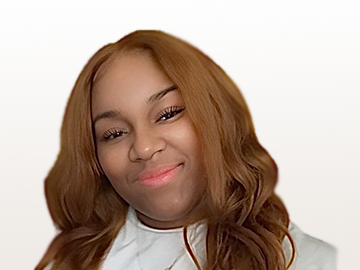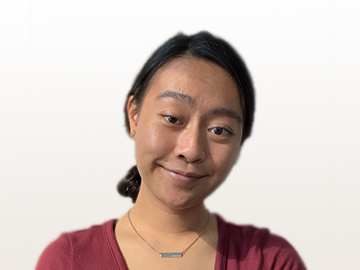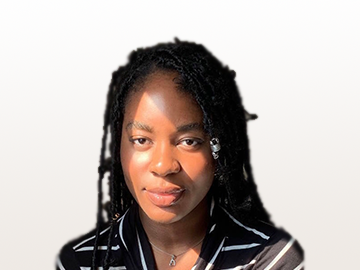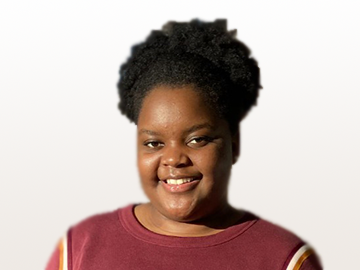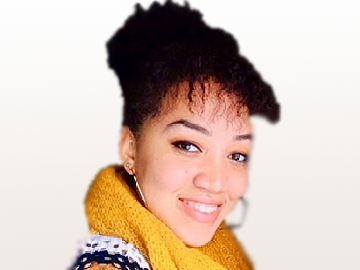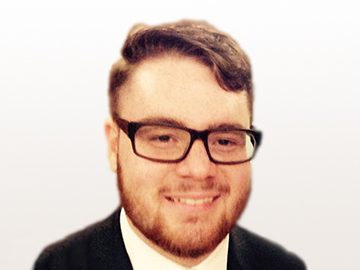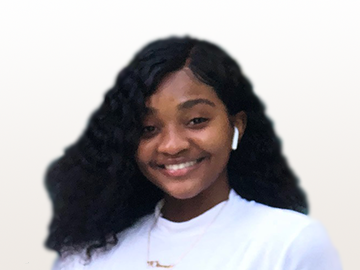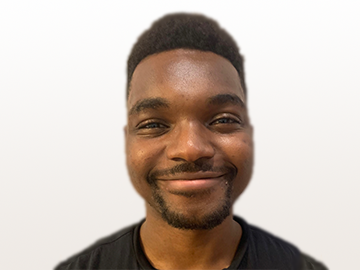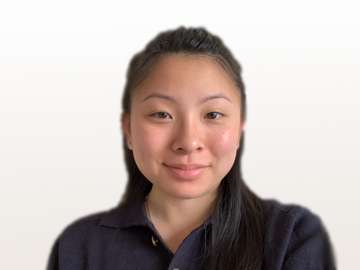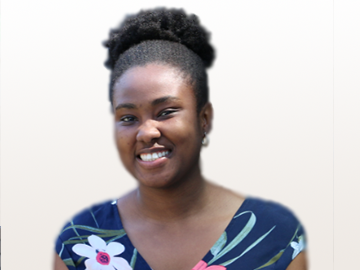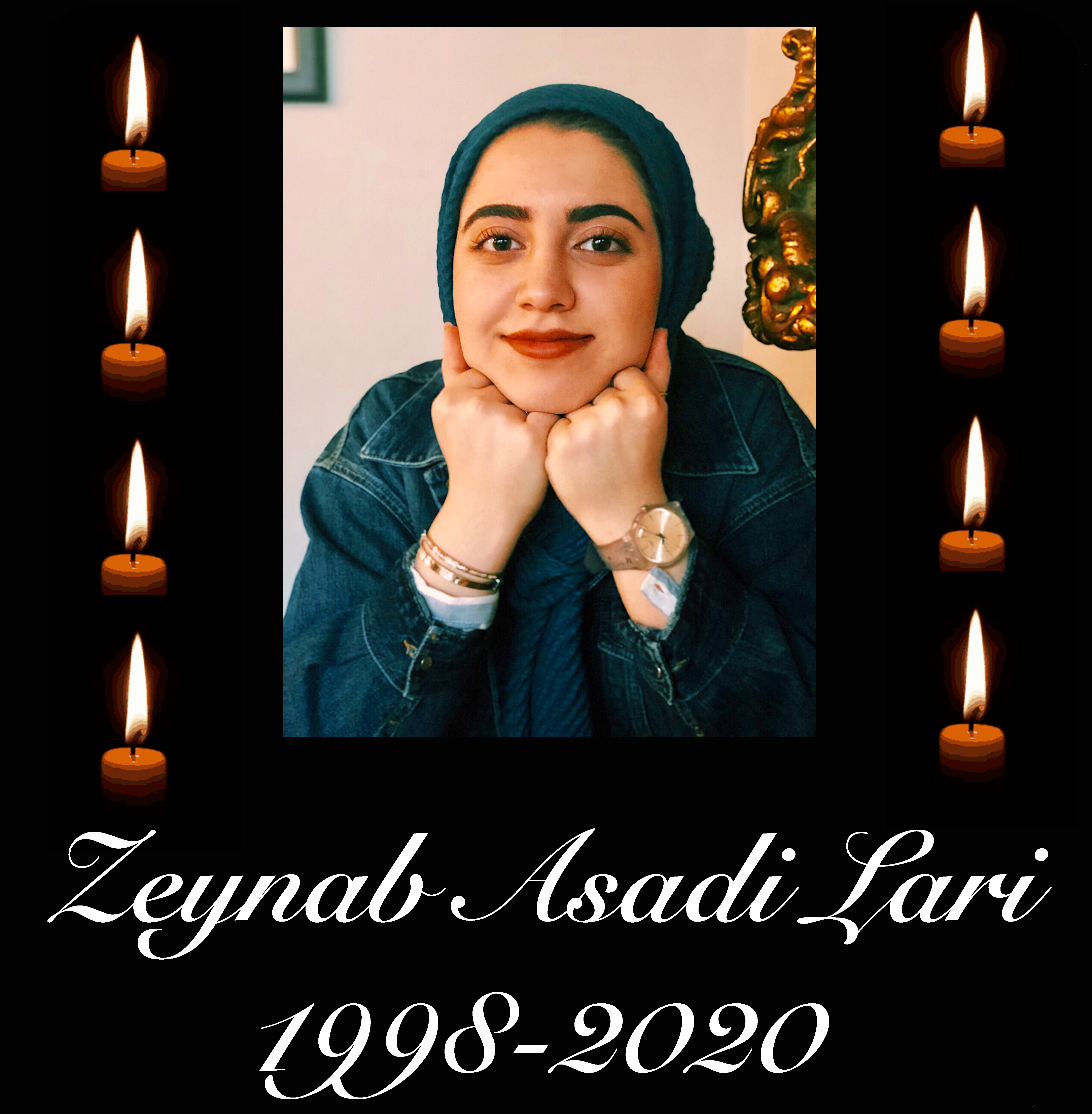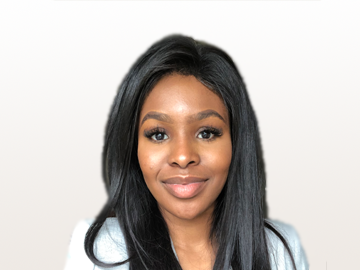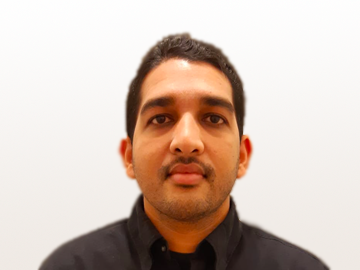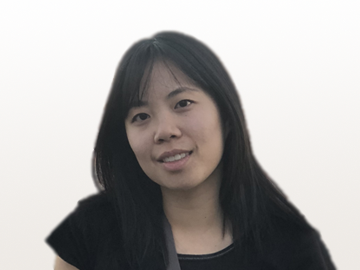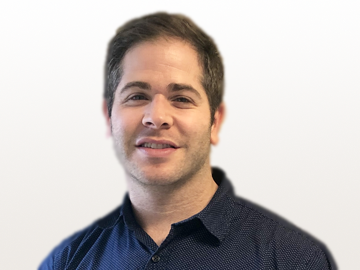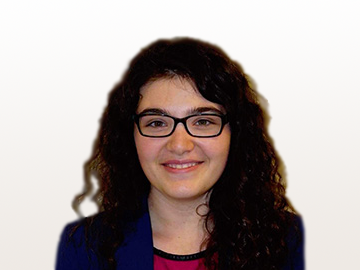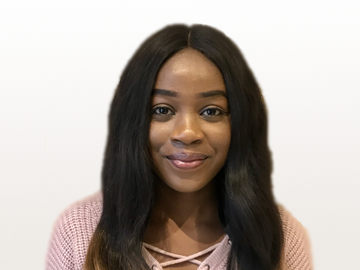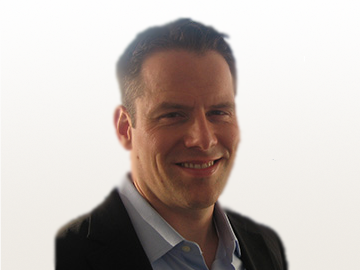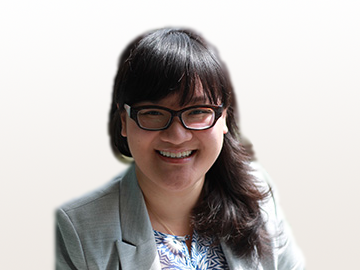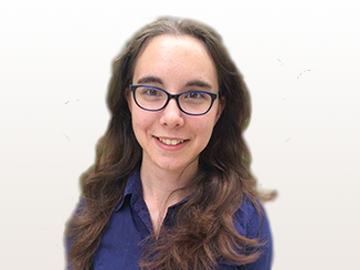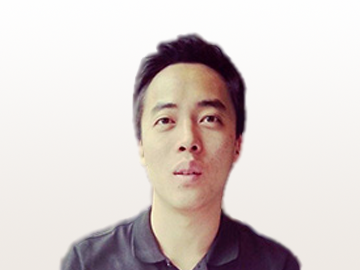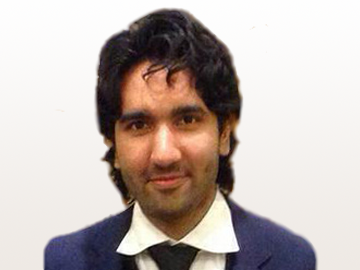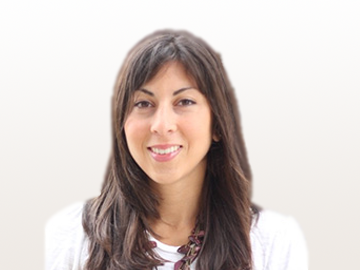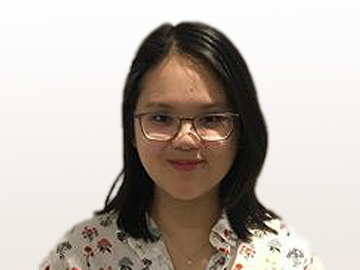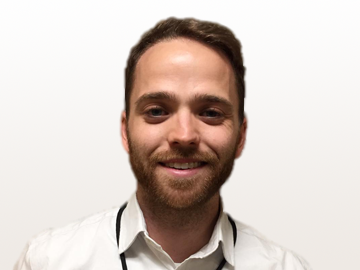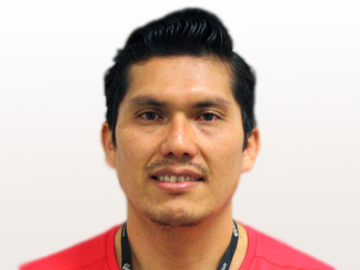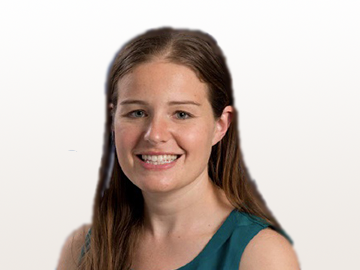In 2019, communication is a critical, foundational skill for which scientists and physicians are increasingly consulted by the 4 Ps: patients, the public, peers, and the press. Toss in the 4 Ps of your personal life – partners, parents, pals, and progeny – and you quickly realize the value of strong communication skills. Just ask any person married for more than a minute and buckle up for a voluminous treatise on the familial havoc, epic snits, and ferocious chaos that have arisen from spousal “miscommunication”. So essential is effective communication that it is regarded as a core competency by the Royal College of Physicians and Surgeons of Canada, and “Communicator” serves as one of 7 fundamental CANMEDS roles incorporated into accreditation standards, evaluation and assessment, and specialty training documentation at the Royal College (http://www.royalcollege.ca/rcsite/canmeds/canmeds-framework-e), Canadian College of Family Physicians, and 11 other Canadian healthcare organizations. As an Associate Professor in the Department of Medicine at the University of Toronto, I am frequently asked by trainees across academic levels for guidance on how to prepare application materials, letters, and statements. Thus, I have developed the approach below based on my own personal experience as an author, editor, mentor, scientist, and physician. Common types of “Narratives” that might fall into this framework would be the Cover Letter, Vision Statement, Teaching Philosophy, and Research Statement. The approach reflects my own opinions, which should be construed as neither endorsed nor shared by my employer or professional affiliations. Additionally, it is imperative that trainees meticulously scrutinize application guidelines as many competitions and programs will have their own unique and pre-determined templates to which one must adhere in order to be considered. However, with program-specific tweaks here and there, the approach below is one that I believe will adequately communicate the qualifications, vision, and impact of your work. I hope that trainees find this guidance helpful!
Step 1 in the process is to frame your communication objective within the structure of an hourglass, where you begin with a broad, high-level statement of your overall Goals and/or Vision. This should be succinct and soak up no more than 1-2 sentences worth of textual real estate. Craft this statement first as it will naturally define how and where you want to go with the remaining narrative. Next should follow some exposition around your Leadership, which will segue into the more detailed analysis of the Significance of Contributions and Productivity, both of which coincide the skinniest (i.e., most granular) point of the hourglass. Exploding back out from the detailed bottleneck is your Vision and Future Plan, and finally, a very high-level bullet point summary of your 3-5 Most Noteworthy Achievements and their collective impact. Ideally, this last piece will demonstrate to the reader of your narrative how the depth, breadth, and scale of your Contributions and Productivity are interwoven into the fabric of your program. Crafting the bullet summary forces cohesion, an effective and pre-emptive counterattack to the lazy and default criticism that a busy candidate is one who is “unfocused” or multidirectional.
Once you have this hourglass “sketched out” – (NB: I use this phrase in the loosest possible manner, understanding that much of my readership here is unfamiliar with an innovation called the pencil) – in your mind or on your device, Step 2 involves delineating your Leadership. Elements to capture in your leadership verbiage include:
- Scope of the leadership role – local, regional, national, international;
- Mechanism of acquisition – appointed, elected, invited;
- Role – chair, director, president, treasurer, etc; and,
- Key responsibilities in as high-level, specific terminology as possible.
While many such Leadership positions will be obvious and at the forefront of your thoughts as you craft your narratives, do not forget Peer-Review as an important indicator of your Leadership. Editors will not invite you to either serve on an Editorial Board or as an ad-hoc peer-reviewer if you are not viewed as someone with expertise in the field. Every single time you are approached to review a paper, you are invited to do so based on something more than random assignment. Be sure to capture this work – scope and volume – under Leadership.
Step 3. Next comes Significance of Contributions. Here is where the chunk of beef brisket can really get lodged in the windpipe {yet another reason to go vegan}. If you find this analogy cryptic, then, yes, I will humour you with some explanatory narrative. Remember, you are now at the thinnest part of the hourglass permitting only the passage of the finest grains’ worth of information in a languid, riverine flow. The last thing you want to cause is a bowel obstruction in the reader who is attempting to digest your staccato boluses of disjointed TMI raining down their esophagus. This outcome is counterproductive and, if hospitalization ensues, may result in retaliatory diminution of your score. Situate your reader in a bucolic field of ruminants, placidly and rhythmically masticating the fibre of your prose and story, rather than asking them to choke down an antelope’s worth of dense monologue like a hyena on the Serengeti. With that clarification, here is where you really want to broadly categorize the Significance of Contributions, and then provide the necessary detail supporting the translation of those Contributions into measurable Impact. Constructing a table as follows to either include in your narrative or to simply assist you in the development process is helpful:
|
Significance of Contributions
|
Leading to |
Impact |
|
(Qualitative, Importance) |
(Quantitative, Measurable) |
|
| Advancing Knowledge (e.g., population-level research involving collection of primary data, surveillance) | Number of cases detected; Number of surgeries averted; Number of children immunized | |
| Changing Practice (e.g., knowledge synthesis, guidelines, algorithms) | Number of hours of hospital bed-usage saved; Number of physicians using decision-support algorithm; Number of patients provided effective therapy | |
| Scientific Discovery and Innovation (e.g., hypothesis-driven research) | New grant funding obtained; New in vitro model developed; New protein discovered | |
| Scholarship (e.g., body of scholarly work including books, educational resources, curricula) | Number of students trained and where they are now; Apps; Patents; Copyrights |
The unifying question at this stage of the narrative is “how have my day-to-day activities supported broad thematic areas of scholarship, and what measurable impacts – be they local, national, or international – have arisen from this body of outstanding work?”
Step 4 is illumination of your Productivity, which dovetails naturally with Significance of Contributions. While in the prior section, your focus was on clearly and succinctly defining your high-level programmatic (project-level) activities that led to Impact, this section enables an accounting of your academic currency, which also led to Impact. Again, a table is helpful at least to organize your thoughts:
|
Productivity Metrics
|
Leading to |
Impact |
| Number of peer-reviewed publications (first- and senior-author require a special notation) | Number of citations; any resulting news media attention | |
| Number of presentations and abstracts at scientific conferences (important to clarify if such presentations were invited and/or peer-reviewed as well) | Number and dollar value of competitive awards secured to present your work | |
| Number and dollar value of Grants obtained | Number of graduate students trained and where they are now |
One of the main questions to ask yourself as you populate such a table or frame your Productivity is “what did this measure of productivity enable me to do?”. The answer to that question across categories constitutes the Impact.
Within the Productivity section is also Teaching, the importance of which cannot be overstated. No academic would have a job were it not for teaching. Thus, I like to consider it as an independent subsection of Productivity. Again, communicating how your Teaching metrics and elements led to Impact is critical. Those impacts can be student-level, teacher-level, and institution-level. The relevant question to ask when writing this section is “how did X teaching activity affect my students, my teaching style and abilities, and the organization for whom I performed the teaching?”. Elements to capture in the Teaching section include:
- Scope of teaching – local, regional, national, international;
- Scale of teaching – individual, small group, large group, etc;
- Volume and frequency of teaching – number of courses, number of teaching hours; and,
- Quality of teaching based on narrative feedback and/or teaching scores.
At this point in the narrative you are still granular, so it is okay to provide actual scores (e.g., X% teaching effectiveness over a period of Y academic years) and other corroborating evidence of your teaching skill. Do not gloss over this part. If there are deficiencies in any of the 4 teaching elements above, be transparent about the steps you have taken to correct them, and the return on that investment.
Step 5 is exposition of your Vision and Future Plan. At this point, you will dial down the magnification and float back up to a communication style that is less detail-, metric-, and action-oriented, and provide high-level answers to the following questions:
- What has your background prepared you to do? A quick summary of your personal academic landscape is reasonable here.
- What are your goals?
- What more will you do to achieve your goals?
This section should provide the reader with a clear picture of the direction in which you plan to take your program, and the resources, skills, collaborations, training, and infrastructure required to do so. Conveyance of what you will do (i.e., content) and how you will do it (i.e., process) is the overall objective of the Vision and Future Plan. It is reasonable to also provide some narrative around expected outcomes, should your Vision and Future Plan be enacted as you describe.
Finally, Step 6 constitutes the aforementioned bullet summary of your Most Noteworthy Achievements. Length-wise, this section should be no more than half a page unless otherwise directed by the application materials. This is where you select the 3-5 most impactful deliverables, honours, and awards arising from your thematic areas of contribution. It would be insufficient to state that you had received the Nobel Prize in such a bullet point. Rather, your bullet point would acknowledge the vast and sustained body of excellent science that led to discovery X, which shifted the paradigm of how we approach problem Y, culminating in several international recognitions and honours including induction into the {insert relevant} Society as an Honorary Fellow, and the Nobel Prize in Physiology and Medicine. Each bullet point should highlight the inherent contingencies of your work: because you did this, you achieved that, and that achievement raised the bar of knowledge, understanding, and practice in the field, ultimately leading to measurable impacts at the individual, community, or population level.
Proceeding through the steps in the order suggested is just that – a suggestion. This may not work for everyone. There is no magic to it, and some will find it most intuitive to begin with the granular detail and explode out from there. The approach that I have proposed above should enable you to move in and out of the weeds (i.e., details) while adhering to your overall communication objective without losing your reader in a torrent of individually outstanding but unrelated factoids. And remember Strategy #4 from the post on “Be(com)ing a Clinician Scientist”? No? Well here’s the link again https://www.boggildlab.ca/2019/02/23/advice-to-trainees-on-becoming-a-clinician-scientist-cs/, and to spare you the tedium of a click, I will paraphrase: “Write, and write a lot”. Okay that’s actually a verbatim quote, but you get the point. Crafting any kind of compelling narrative – personal or professional – requires a lot of practice. Perhaps not 10,000 hours, but a lot. So dust off your stylus and enjoy the process of telling your story!
Additional Resources:
About CANMEDS. http://www.royalcollege.ca/rcsite/canmeds/about-canmeds-e
Communicator. http://www.royalcollege.ca/rcsite/canmeds/framework/canmeds-role-communicator-e



